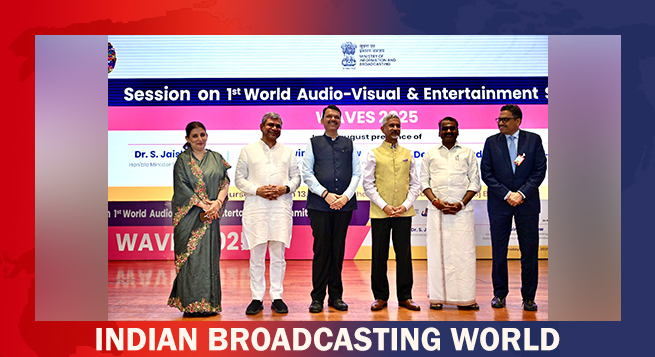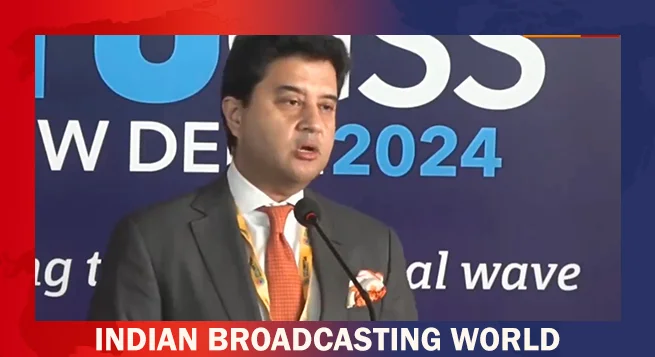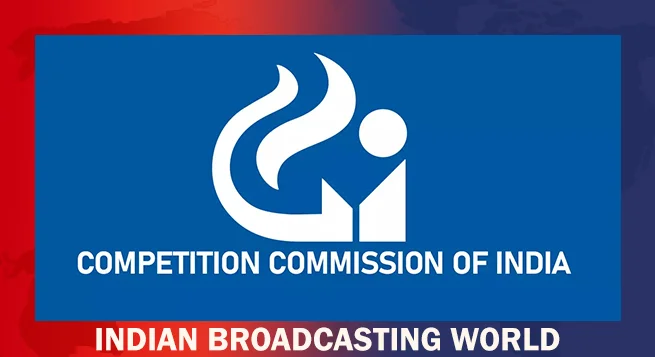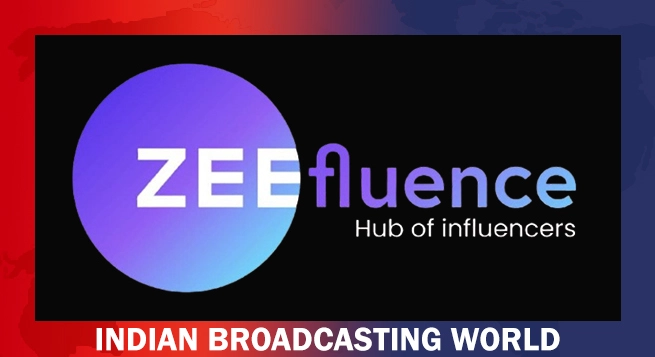The News Broadcasters & Digital Association (NBDA) has announced significant amendments to its regulations, aiming to adapt to the rapidly evolving media landscape.
The association, representing the collective voice of news, current affairs, and digital broadcasters in India, has expanded its purview to include digital news publishers. This development comes with the introduction of several new definitions and the enhancement of the self-regulatory framework overseen by the News Broadcasting & Digital Standards Authority (NBDSA), said in a press release.
The NBDA, which includes leading news channels commanding over 80 percent of India’s news television viewership, recognized the need to update the News Broadcasting & Digital Standards Regulations (Regulations) to reflect the changes in media consumption and production. This review was facilitated with invaluable guidance from Justice (Retd) A. K. Sikri, Chairperson of NBDSA, Justice (Retd) R. V. Raveendran, former Chairperson of NBDSA, and Senior Advocate Arvind P. Datar.
As the most significant changes is the inclusion of digital news media within the NBDA’s membership. This shift acknowledges the growing influence and importance of digital platforms in the news ecosystem. New definitions introduced in the regulations include:
Digital News Media: Digitized news content transmitted over the internet or computer networks.
Digital News Platforms: Platforms facilitating the transmission of digitized news content, including social networking sites and social media.
OTT Platforms: Platforms enabling the transmission of various content types over the internet or computer networks on demand.
Digital Publisher: Entities such as news portals, news aggregators, and news agencies engaged in publishing news and current affairs content on digital platforms.
The NBDA has broadened the range of penalties for violations of the Code of Conduct, implementing a graded system to address infractions more effectively:
First Violation: Warnings, admonishment, censure, disapproval, regret, apology, and/or a fine of up to Rs. 2 lakhs.
Second Violation: Similar measures as the first violation, with a fine of up to Rs. 5 lakhs.
Third Violation: Warnings, censure, disapproval, and fines up to 1% of the annual turnover of the channel, not exceeding Rs. 25 lakhs. Additionally, suspension of programs or anchors and recommendations for license suspension may be directed.
The Authority also retains the power to direct the immediate removal or editing of content found in violation of the Code of Conduct from all digital platforms.
The regulations now empower the NBDSA to initiate suo motu proceedings in cases requiring immediate remedial action or when public interest is at stake. This includes the authority to issue notices and take action on matters arising from the Code of Conduct without waiting for a formal complaint.
In emergencies involving severe or repetitive violations, the NBDSA can convene urgent meetings within 24 hours to issue interim directions, including the immediate removal of offending content. Broadcasters or digital publishers can seek redressal if they provide a suitable explanation.
The NBDA’s revisions underscore its commitment to maintaining high standards in news broadcasting and digital journalism. The expanded scope and stringent measures aim to ensure accountability and uphold the integrity of news dissemination in an era where digital platforms play a pivotal role.
Justice (Retd) A. K. Sikri, Chairperson of NBDSA, commented on the amendments: “These changes reflect our ongoing commitment to adapt and uphold the highest standards in journalism. By including digital news media and enhancing our regulatory framework, we are better equipped to address the challenges and opportunities of today’s media environment.”
The NBDA continues to evolve, ensuring its regulations and practices meet the needs of a dynamic media landscape. With these amendments, the association reaffirms its dedication to fostering ethical journalism and protecting the interests of viewers across traditional and digital platforms.
 Will BCCI ban tobacco, alcohol, crypto promotions during IPL?
Will BCCI ban tobacco, alcohol, crypto promotions during IPL?  Goafest returns to Goa this year in May
Goafest returns to Goa this year in May  Top India Ministers pitch WAVES ’25 to foreign envoys in New Delhi
Top India Ministers pitch WAVES ’25 to foreign envoys in New Delhi  JioStar secures 20 top brands for TATA IPL 2025
JioStar secures 20 top brands for TATA IPL 2025  Telecom Minister Scindia bats for need of satellite internet
Telecom Minister Scindia bats for need of satellite internet  ConfirmTkt renews RCB partnership ahead of IPL start
ConfirmTkt renews RCB partnership ahead of IPL start  India antitrust body raids offices of global ad agencies, IBDF
India antitrust body raids offices of global ad agencies, IBDF  Moneycontrol Global Wealth Summit charts India’s $10 trillion market-cap journey
Moneycontrol Global Wealth Summit charts India’s $10 trillion market-cap journey 









